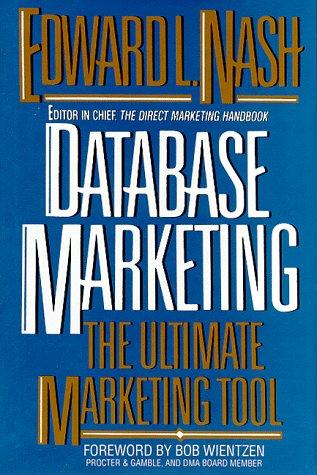Answered step by step
Verified Expert Solution
Question
1 Approved Answer
only number 4 please Problem 3. This problem is a continuation of problem 3. A consumer has preferences over two goods 21 and 12, given

only number 4 please
Problem 3. This problem is a continuation of problem 3. A consumer has preferences over two goods 21 and 12, given by u (21, 22) = Qy In x1 + a2 In 22. Suppose the agent has income y and let the price of the two goods be pi and P2, respectively. There is rationing of goods, so that in addition to paying for goods, the agent must have the appropriate number of coupons. The agent begins has J coupons. Each unit of good 1 requires ci coupons and each unit of good 2 requires C2 coupon. The agent can trade coupons for cash at a rate of a dollars per coupon. (All parameters are positive valued.) Let I be the Lagrange multiplier associated with the budget constraint and u be the multiplier associated with the coupon constraint. 1. Represent the consumer's problem as a constrained optimization problem. 2. Show that the Marshallian demand functions are given by: Q1 I+qJ 21(,6,9,1,J) = Q1 + a2 P1 +2c1 QiI+qJ x7(p, c,q, I, J) == Q1 + a2 P2 + 4C2 3. Provide an intuitive account of these expressions in light of your answer to part 3 of Problem 1. 4. Explain intuitively why u* = q**. 5. Let V (p,c,q,1,J) denote the agent's indirect utility function. Without computing V, find each of the partial derivatives: V avvay and av. Interpret these. Does it make sense that som = 6. Interpret when zo Problem 3. This problem is a continuation of problem 3. A consumer has preferences over two goods 21 and 12, given by u (21, 22) = Qy In x1 + a2 In 22. Suppose the agent has income y and let the price of the two goods be pi and P2, respectively. There is rationing of goods, so that in addition to paying for goods, the agent must have the appropriate number of coupons. The agent begins has J coupons. Each unit of good 1 requires ci coupons and each unit of good 2 requires C2 coupon. The agent can trade coupons for cash at a rate of a dollars per coupon. (All parameters are positive valued.) Let I be the Lagrange multiplier associated with the budget constraint and u be the multiplier associated with the coupon constraint. 1. Represent the consumer's problem as a constrained optimization problem. 2. Show that the Marshallian demand functions are given by: Q1 I+qJ 21(,6,9,1,J) = Q1 + a2 P1 +2c1 QiI+qJ x7(p, c,q, I, J) == Q1 + a2 P2 + 4C2 3. Provide an intuitive account of these expressions in light of your answer to part 3 of Problem 1. 4. Explain intuitively why u* = q**. 5. Let V (p,c,q,1,J) denote the agent's indirect utility function. Without computing V, find each of the partial derivatives: V avvay and av. Interpret these. Does it make sense that som = 6. Interpret when zoStep by Step Solution
There are 3 Steps involved in it
Step: 1

Get Instant Access to Expert-Tailored Solutions
See step-by-step solutions with expert insights and AI powered tools for academic success
Step: 2

Step: 3

Ace Your Homework with AI
Get the answers you need in no time with our AI-driven, step-by-step assistance
Get Started


